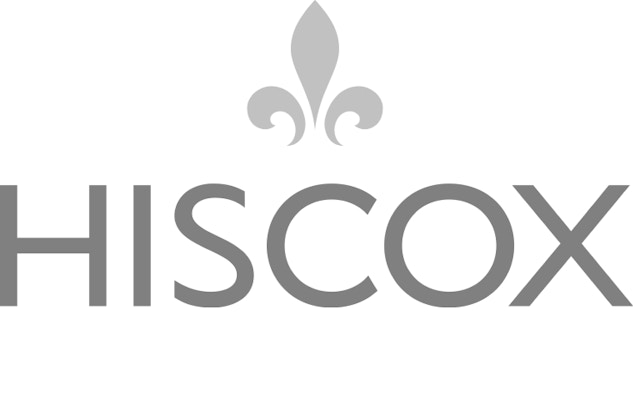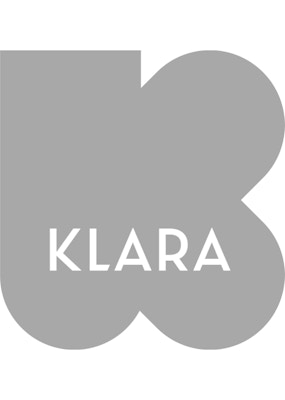Michelangelo Pistoletto
Even after a long career, Michelangelo Pistoletto is resolutely focused on innovation. He is chiefly known for his ‘mirror works’ but was also the first to reject the idea of a signature style. He is convinced that art is socially relevant; an artwork cannot just be self-referential and does not exist to simply be admired; it must also relate to real life. In order to promote social harmony, Pistoletto focuses on exchanges between artist and audience, and mutual collaborations amongst artists, and between art and non-artistic fields.
Pistoletto grew up in Turin. His father restored old master paintings, and by the age of fourteen, Michelangelo was working in his studio. At an advertising design school, he discovered the existence of contemporary art alongside that of the old masters. He painted self-portraits. When he executed one on a mirrored, black lacquered background and saw himself reflected back, he discovered a dimension of the mirrored surface that he decided to explore in greater depth.
Averse to the dogma of a uniform and individual artistic style, he was one of the founders of arte povera, whose goal was to generate ‘rich’ experiences with so-called ‘poor’ materials. Pistoletto’s installation ‘Venere degli stracci’ (Venus of the Rags) (1967) became an arte povera emblem: a copy of a classical Venus sculpture beside a heap of rags that Pistoletto used to polish mirrors.
In 1968, Pistoletto called on artists to participate in the Venice Biennale with him, and from 1968 to 1970 he was active with the (theatre) group Lo Zoo (The Zoo). As a professor of sculpture in Vienna from 1991 to 2000, he encouraged students to engage in interdisciplinary collaboration. Pistoletto argued for continual rebirth to such an extent that in 1974 he temporarily halted his artistic career to become a ski instructor. In 2012, he dubbed 21st December (in mirrored notation 21.12 or 12.21) the International Day of Rebirth.
Pistoletto achieved international recognition with his ‘Quadri Specchianti’ (Mirror paintings), which were shown in exhibitions on pop art and nouveau réalisme. In these works, he turns the renaissance perspective on its head, and with it the window function of the painting. The framed images no longer open a window onto a depicted world. The mirrors reflect the space in which the viewer is standing. What’s more, they are no longer hung at the usual window height, but rest on the ground, at the same height as the spectator. As a consequence, the ‘mirror paintings’ constantly elicit performances, executed by generally unwitting viewers.
“Every mirror is always a part of the only, unique mirror. There is just one mirror and it consists of fragments at different times and places,” Pistoletto stated. During the performance, ‘Siamo frammenti del grande specchio’ (We are fragments of the big mirror) he smashed mirrors to smithereens. In so doing he alluded to the interconnectedness of the world. In 1994, Pistoletto commenced his ‘Projecto Arte’, which placed art at the centre of socially responsible change and focused on matters such as politics and economics. He also reworked the infinity symbol into a tripartite loop, in which the outermost circles represent nature and mankind’s contribution, and the middle ones the global conflict to be solved between nature and the man-made world. In 2015, the symbol was given a permanent home at the headquarters of the United Nations in Geneva.















